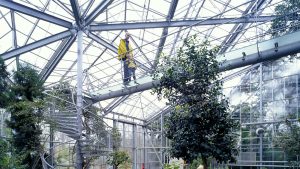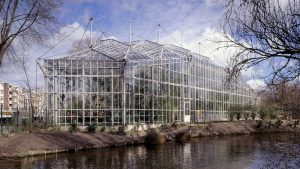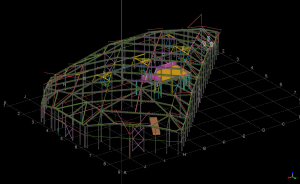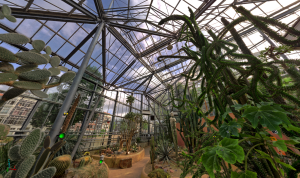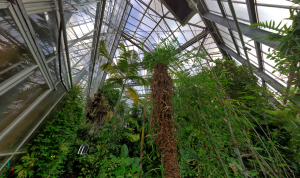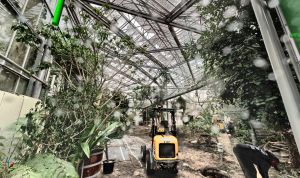Hortus Botanicus

| Categoría | Proyectos de interés público |
|---|---|
| Año | 2024 |
| País | Benelux |
| Organización | Vic Obdam |
| Autor | Thomas Ligthart |
| Lugar de construcción | Amsterdam |
| Tags | PointcloudsConcreteTekla StructuresTrimble ConnectSteel |
Hortus Botanicus
Een biodiversiteit in het hart van Amsterdam, sinds 1993 is de Hortus Botanicus een toeristische trekpleister. De Hortus wil de eerste duurzame, gasloze publiekskas van Nederland worden en dit wordt in 2025 gerealiseerd. Met een team van ervaren engineers wordt een ontwerp gerealiseerd dat de integratie van oud staal met nieuw staal kan waarborgen. Uitdagingen zoals geometrie of conservering maakt het extra lastig om een renovatie te verrichten dat de Hortus weer één geheel maakt.
Complexiteit
De complexiteit van het project komt vooral tot uiting in de nauwkeurige afstemming van de constructie op de natuurlijke omgeving. Het dynamische karakter van de omgeving binnen, met zijn voortdurend bewegende planten en bomen, vormde een unieke uitdaging voor het scanproces. In totaal waren meer dan vier scans vereist om een accuraat beeld te krijgen van de Hortus Botanicus; 3 scans van binnenuit, en 1 buitenom t.b.v. de gevelbouwer.
Wat dit project echt interessant maakt, is de diversiteit aan verbindingen die we moeten realiseren. Elke verbinding heeft een nieuwe aanpak nodig wat het werk behoorlijk uitdagend maakt. Daarnaast was het vermijden van lassen aan bestaande constructies ook een vereiste omdat de bestaande kas-constructie thermisch verzinkt is. Door creatief te denken is er voor gezorgd dat alles goed in elkaar past, waarbij conflicten met het bestaande staal zoveel mogelijk zijn vermeden.
Hortus Botanicus
A biodiversity in the heart of Amsterdam, the Hortus Botanicus has been a tourist attraction since 1993. The Hortus aims to become the first sustainable, gas-free public greenhouse in the Netherlands and this will be realised in 2025. With a team of experienced engineers, a design is realised that can ensure the integration of old steel with new steel. Challenges such as geometry or conservation make it extra difficult to carry out a renovation that makes the Hortus one whole again.
Complexity
The complexity of the project is mainly reflected in the precise alignment of the structure with the natural environment. The dynamic nature of the indoor environment, with its constantly moving plants and trees, presented a unique challenge to the scanning process. In total, more than four scans were required to obtain an accurate image of the Hortus Botanicus;
3 scans from inside, and 1 outside for the benefit of the facade builder.
What makes this project really interesting is the diversity of connections we have to realise. Each connection needs a new approach which makes the work quite challenging. In addition, avoiding welding to existing structures was also a requirement because the existing greenhouse structure is hot-dip galvanised. Creative thinking ensured that everything fitted together properly, avoiding conflicts with the existing steel as much as possible.

